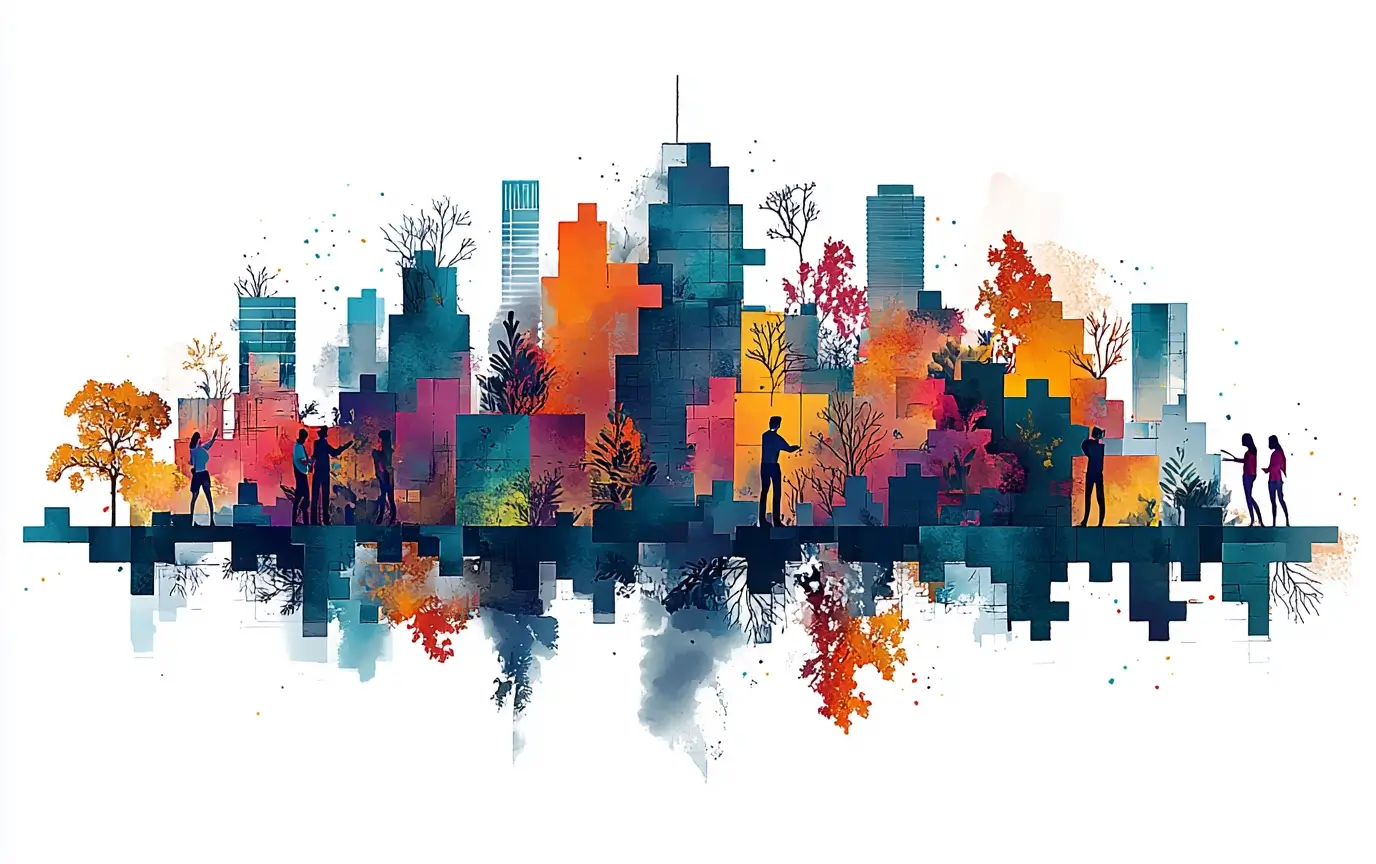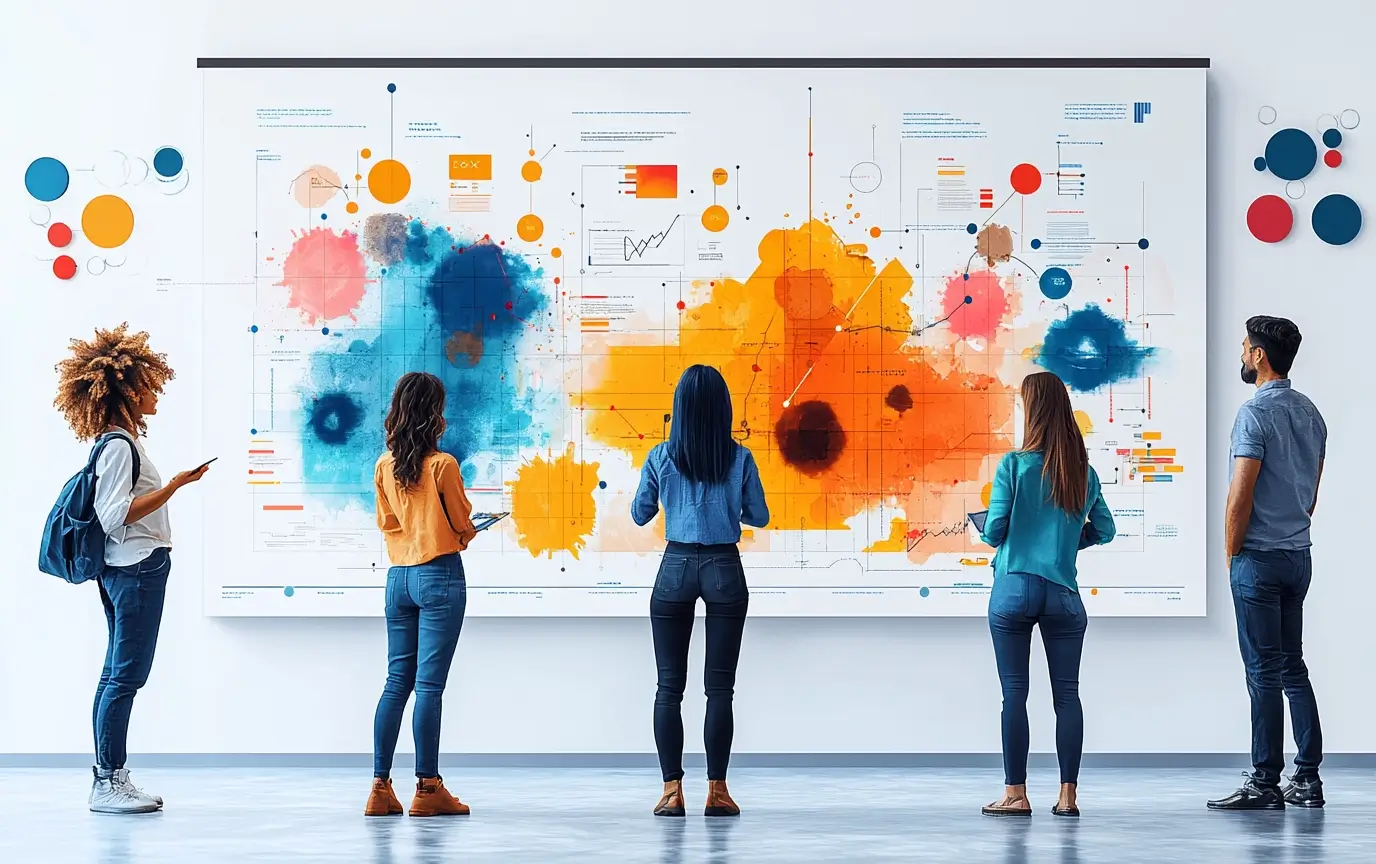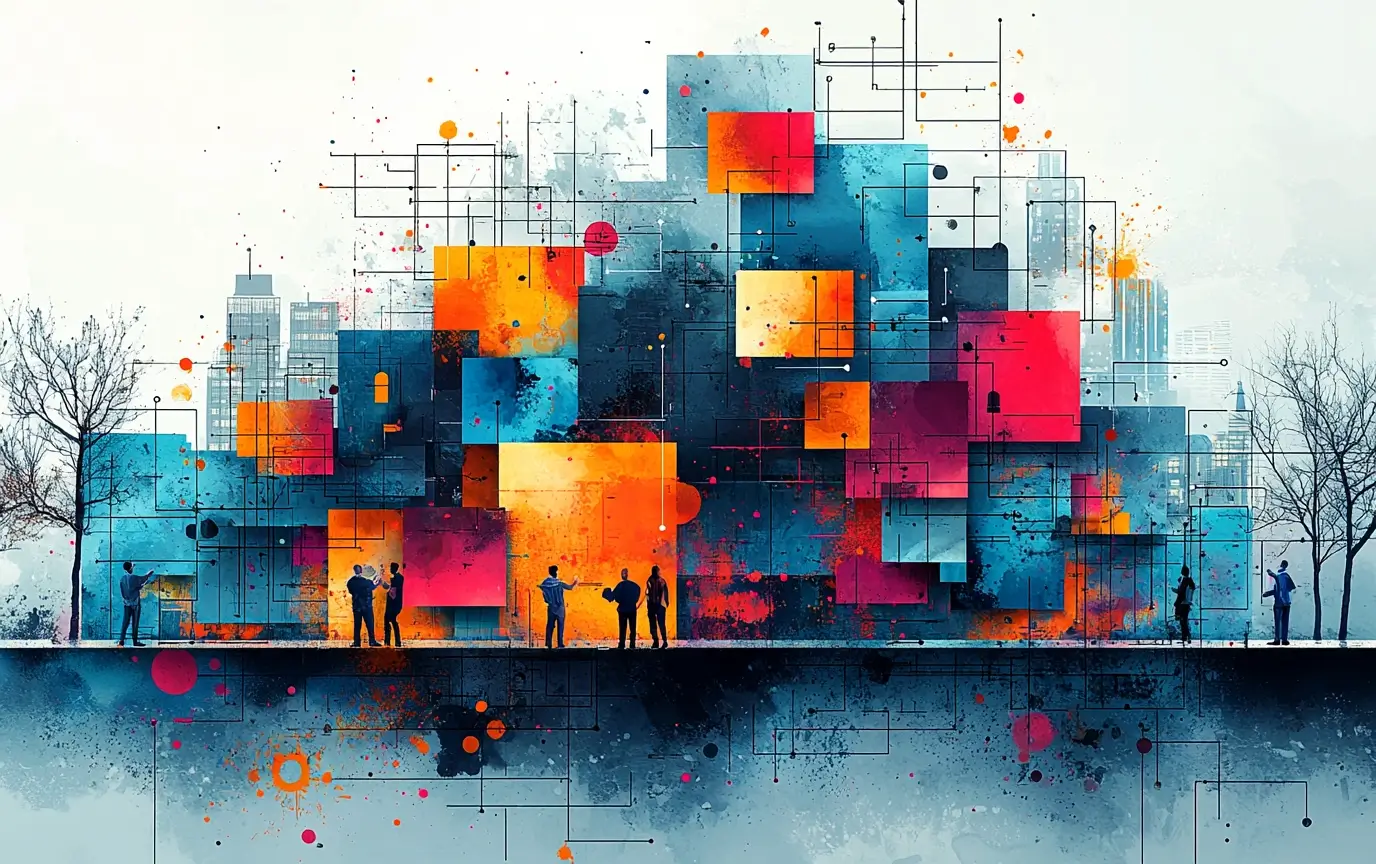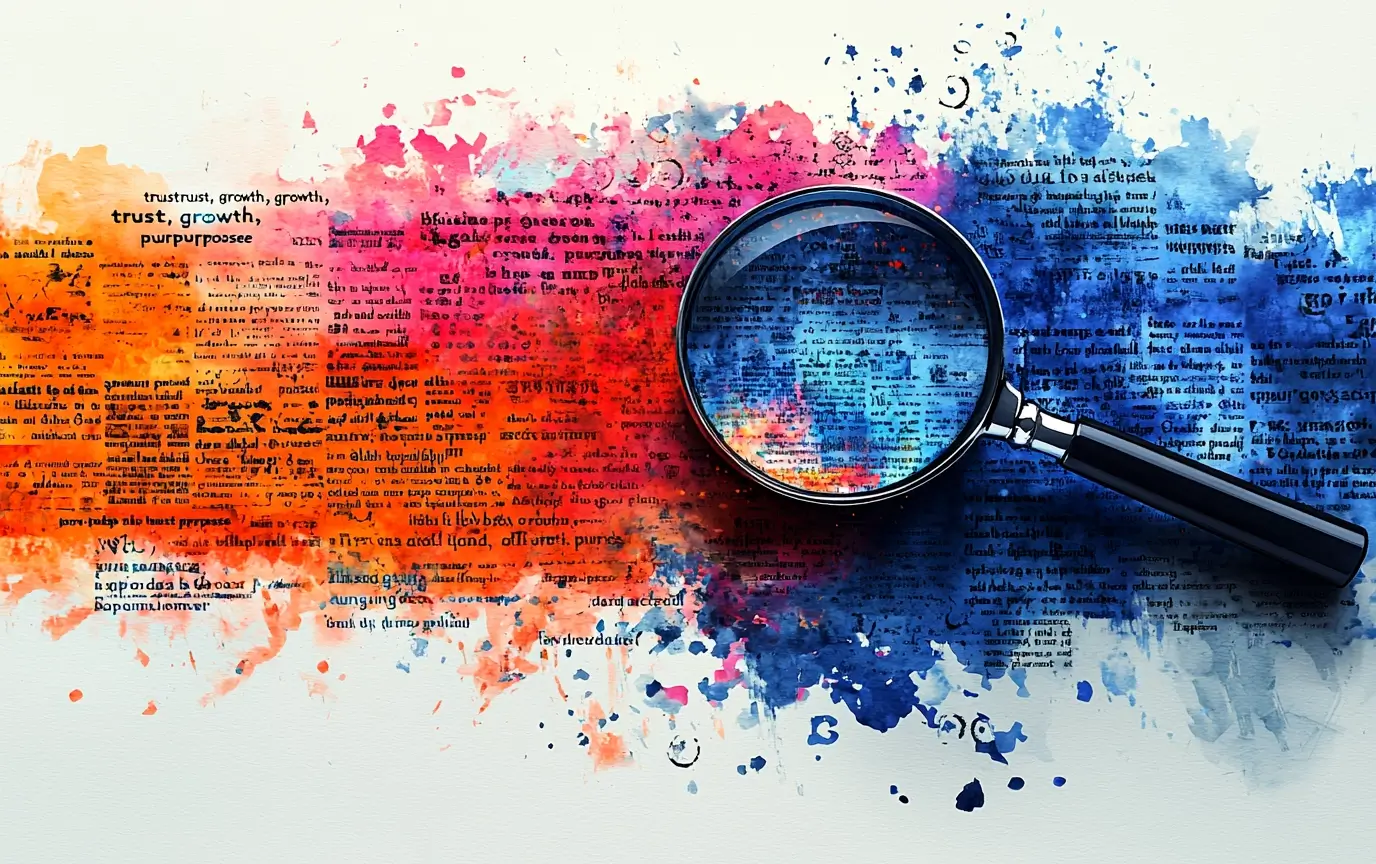Nonconformity Bias: Preference for Nonconforming Behaviors

1. Introduction to Nonconformity Bias
Imagine a customer who deliberately chooses unique, unconventional products to stand out from the crowd. This preference for nonconforming choices is driven by Nonconformity Bias.
Nonconformity Bias is a cognitive bias where individuals prefer behaviors and choices that set them apart from the majority. This bias can significantly impact how customers select products and services, as their decisions are shaped by a desire to be unique and different. Understanding Nonconformity Bias is crucial in enhancing Customer Experience (CX) as it helps businesses cater to customers' desire for individuality and distinctiveness.
2. Understanding the Bias
- Explanation: Nonconformity Bias occurs when individuals prefer behaviors and choices that distinguish them from the majority, often seeking unique and unconventional options.
- Psychological Mechanisms: This bias is driven by the human desire for individuality and self-expression, leading to a preference for choices that set one apart from others.
- Impact on Customer Behavior and Decision-Making: Customers influenced by Nonconformity Bias may seek out unique products and services, valuing distinctiveness over mainstream popularity.
Impact on CX: Nonconformity Bias can impact CX by guiding customers towards unique and unconventional choices, enhancing their satisfaction and sense of individuality.
- Example 1: A customer chooses a boutique fashion brand with unique designs over a popular high-street retailer to express their individuality.
- Example 2: A tech enthusiast selects a less well-known, innovative gadget over a mainstream brand to stand out and showcase their distinct taste.
Impact on Marketing: In marketing, Nonconformity Bias can be leveraged by highlighting the uniqueness and distinctiveness of products to attract customers who value individuality.
- Example 1: A marketing campaign that emphasizes the unique design and limited availability of a product can appeal to nonconformist customers.
- Example 2: Promotions that highlight the innovative and unconventional aspects of a service can attract customers seeking to differentiate themselves.
3. How to Identify Nonconformity Bias
To identify Nonconformity Bias, businesses should track and analyze customer feedback, surveys, and behavior to understand how the desire for uniqueness influences decision-making.
- Surveys and Feedback Analysis: Conduct surveys asking customers about their preference for unique and unconventional products. Include questions that probe their desire for individuality. For example:
- "How important is it for you to choose products that are unique and different from what most people use?"
- "Do you often seek out brands and products that set you apart from the majority?"
- Observations: Observe customer interactions and purchasing behavior to identify patterns where uniqueness and nonconformity guide decisions. Pay attention to the selection of niche or unconventional products.
- Behavior Tracking: Use analytics to track customer behavior and identify trends where nonconformity influences choices. Monitor metrics such as the popularity of niche products, customer reviews highlighting uniqueness, and purchasing patterns.
4. The Impact of Nonconformity Bias on the Customer Journey
- Research Stage: During the research stage, customers may seek out unique and unconventional options, influencing their initial interest in niche products and brands.
- Exploration Stage: In this stage, Nonconformity Bias can help customers feel more confident and satisfied as they explore distinctive products that align with their desire for individuality.
- Selection Stage: During the selection phase, customers may choose unique and unconventional products, valuing distinctiveness over mainstream popularity.
- Loyalty Stage: Post-purchase, Nonconformity Bias can influence customer satisfaction and loyalty, as customers feel validated in their unique choices and remain loyal to brands that cater to their individuality.
5. Challenges Nonconformity Bias Can Help Overcome
- Enhancing Individuality: Understanding Nonconformity Bias helps businesses create products and experiences that cater to customers' desire for uniqueness and self-expression.
- Improving Engagement: By recognizing this bias, businesses can develop marketing and product strategies that highlight uniqueness and distinctiveness, attracting nonconformist customers.
- Building Loyalty: Leveraging Nonconformity Bias can build loyalty by providing customers with unique options that validate their individuality.
- Increasing Satisfaction: Providing unconventional and distinctive choices can enhance customer satisfaction by meeting their desire for nonconformity.
6. Other Biases That Nonconformity Bias Can Work With or Help Overcome
- Enhancing:
- Self-Identity Bias: Nonconformity Bias can enhance self-identity bias, as customers choose products that reflect and reinforce their unique identity.
- Scarcity Effect: Customers may value unique and limited-edition products more highly, enhancing the scarcity effect.
- Helping Overcome:
- Conformity Bias: By providing unique and unconventional options, businesses can help customers overcome conformity bias and embrace their individuality.
- Brand Loyalty: Offering distinctive products can attract customers who are seeking alternatives to mainstream brands, reducing brand loyalty to competitors.
7. Industry-Specific Applications of Nonconformity Bias
- E-commerce: Online retailers can highlight unique and niche products to attract customers seeking nonconformity.
- Healthcare: Healthcare providers can offer personalized treatment options and wellness programs that cater to individual preferences.
- Financial Services: Financial institutions can create unique investment products and services that appeal to customers seeking distinct financial solutions.
- Technology: Tech companies can develop innovative and unconventional products that attract early adopters and tech enthusiasts.
- Real Estate: Real estate agents can showcase unique properties and neighborhoods that appeal to clients seeking distinct living experiences.
- Education: Educational institutions can offer specialized programs and courses that cater to students seeking unique academic paths.
- Hospitality: Hotels can create unique, boutique experiences that attract guests seeking distinct and memorable stays.
- Telecommunications: Service providers can offer customizable plans and unique features to attract customers seeking tailored solutions.
- Free Zones: Free zones can highlight unique business opportunities and advantages that set them apart from other regions.
- Banking: Banks can develop unique financial products and personalized services that cater to customers seeking nonconformity.
8. Case Studies and Examples
- Etsy: Etsy’s marketplace of unique, handmade products attracts customers seeking distinctive and unconventional items.
- Tesla: Tesla’s innovative electric vehicles appeal to tech enthusiasts and environmentalists looking for unique alternatives to traditional cars.
- Airbnb: Airbnb’s range of unique and unconventional accommodations attracts travelers seeking distinct and memorable experiences.
9. So What?
Understanding Nonconformity Bias is crucial for businesses aiming to enhance their Customer Experience (CX) strategies. By recognizing and leveraging this bias, companies can create products and experiences that cater to customers' desire for uniqueness and individuality. This approach helps build emotional connections, validate customer identity, and enhance overall customer experience.
Incorporating strategies to address Nonconformity Bias into marketing, product design, and customer service can significantly improve customer perceptions and interactions. By understanding and leveraging Nonconformity Bias, businesses can create a more engaging and satisfying CX, ultimately driving better business outcomes.
Additionally, understanding and leveraging behavioral economics principles can provide further insights into how biases like Nonconformity Bias influence customer behavior and decision-making.
Check Renascence's Signature Services

Behavioral Economics
Discover the power of Behavioral Economics in driving customer behavior.

Mystery Shopping
Uncover hidden insights with our mystery shopping & touchpoint audit services.

Experience Design
Crafting seamless journeys, blending creativity & practicality for exceptional experiences.
Experience Loom
Discover the latest insights from industry leaders in our management consulting and customer experience podcasts.
The Naked Customer. Episode 3. Customer Loyalty, Brand Loyalty & CX
In this episode of The Naked Customer Podcast, host Aslan Patov is joined by JD Ackley, CEO of RAIZOR AI, to explore the evolving role of AI in customer experience (CX) and its impact on automation, job security, and creativity.
In this episode of The Naked Customer Podcast, host Aslan Patov is joined by Mark Hamill, CEO & Co-founder of ARCET Global, to explore the evolution of Customer Experience (CX) and its growing role in business transformation.
In this episode of The Naked Customer Podcast, host Aslan Patov is joined by Mark Hamill, CEO & Co-founder of ARCET Global, to explore the evolution of Customer Experience (CX) and its growing role in business transformation.
In this episode of The Naked Customer Podcast, host Aslan Patov is joined by JD Ackley, CEO of RAIZOR AI, to explore the evolving role of AI in customer experience (CX) and its impact on automation, job security, and creativity.
Experience Journal's Latest
Stay up to date with our informative blog posts.
%20in%20Healthcare.%20A%20Cure%20for%20Patient%20Pain%20Points.webp)
Customer Experience (CX) in Healthcare: A Cure for Patient Pain Points
%20Trends%20in%202026.%20What%20to%20Expect.webp)
Digital Transformation (DT) Trends in 2026: What to Expect

Behavioral Economics for Business: How Companies Use It Every Day
%20How-To.%20Practical%20Tips%20That%20Work.webp)
Employee Experience (EX) How-To: Practical Tips That Work
.webp)
The Critical Factors Influencing Employee Experience (EX)
%20Jobs.%20How%20To%20Succeed%20in%202025.webp)
Remote Employee Experience (EX) Jobs: How To Succeed in 2025
%20for%20SMEs%20in%20the%20Middle%20East.%20What%20Works%20and%20What%20Fails.webp)
Customer Experience (CX) for SMEs in the Middle East: What Works and What Fails

Why CX Starts With EX in 2026: Culture, Connection, Performance
%20Wheel.%20Mapping%20Outcomes.webp)
The Employee Experience (EX) Wheel: Mapping Outcomes

Behavioral Economics Can Best Be Described As "Psychology Meets Economics"

Behavioral Economics Is More Than Just Numbers

Behavioral Economics Explains Why People Are Irrational: And What to Do About It

Is Behavioral Economics Micro or Macro? Understanding Its Scope
%3F%20Strategies%20for%20Modern%20Organizations.webp)
How McKinsey Approaches Employee Experience (EX)? Strategies for Modern Organizations

Behavioral Economics Is Dead: Debates on Its Future
%20Leader%20Do%3F.webp)
What Does an Employee Experience (EX) Leader Do?
%20Leader%20Do%3F.webp)
What Does an Employee Experience (EX) Leader Do?
%20Is%20Important%20in%202026.webp)




